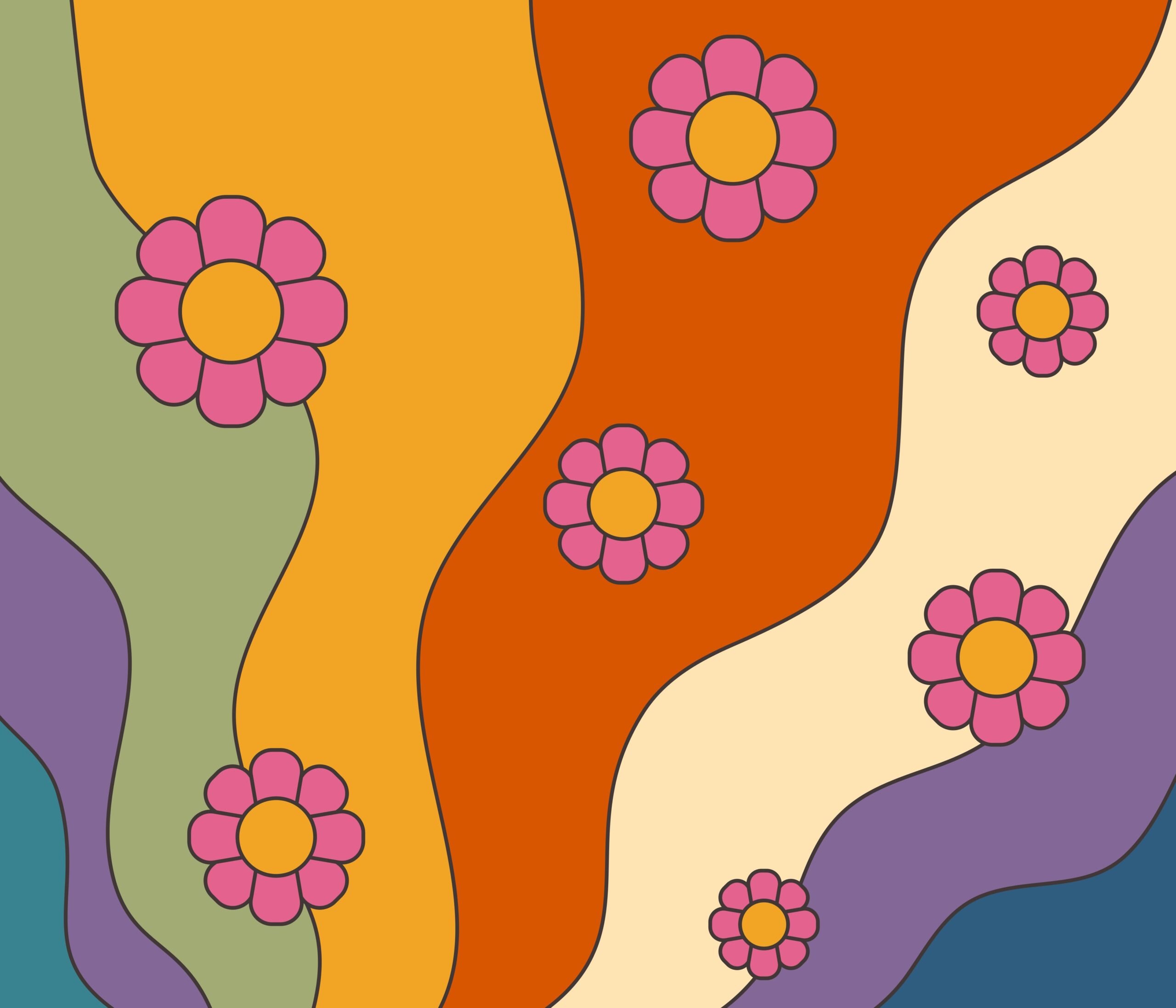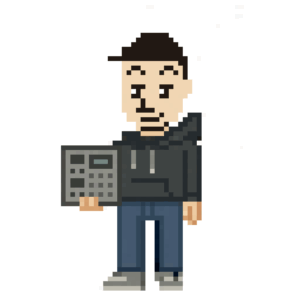Your cart is currently empty!
I’m a beatmaker. Teach me how to use a reverb.

Reverb (Reverberation) is an audio effect used to add a sense of space and depth to instruments and vocals. When used correctly, reverb can bring life and spatial dimension to your music. However, if misused, it can make the mix sound muddy.
Table of Contents
Basic Parameters of Reverb:
- Dry/Wet Mix: This controls the ratio between the original sound (Dry) and the reverberated sound (Wet).
- Decay Time (or RT60): This controls how long it takes for the reverb to decay by 60dB. Longer decay times emulate larger spaces, while shorter decay times emulate smaller spaces.
- Pre-delay: This sets the time it takes for the reverb to kick in after the original sound. A longer pre-delay allows the original sound to stand out more.
- High/Low Cut or Damping: This allows you to attenuate certain frequency ranges. Cutting the low frequencies often helps avoid a “muddy” reverb.
- Early Reflections/Late Reflections: This parameter balances between the initial reflections of the sound on walls or objects (early reflections) and the multiple reflections that occur afterward (late reflections).
Tips for Using Reverb:
- Consider the Sense of Space: Think about what kind of ‘size’ of room or space you want to emulate. Smaller room reverbs can be useful for adding density, while large hall or cathedral reverbs give a sense of expansiveness.
- Adjust Per Instrument: You may want to apply different types of reverb to different instruments or vocals. It’s usually not a good idea to apply the same reverb setting to every element in the mix.
- Use in Moderation: While reverb can be effective, using it excessively can make your mix sound muddy.
- Test and Tweak: The best reverb settings can differ between songs and projects, so it’s crucial to experiment and adjust multiple times to find the optimal sound.
- Utilize Presets: Many reverb plugins come with presets. These can serve as a good starting point, which you can then customize to fit your needs.
This is a basic guideline, and how you actually use reverb will depend on your creativity and the needs of the project. Reverb is a versatile effect and through trial and error, you can find unique ways to utilize it.
About The Author

Born in 1982 in Japan, he is a Japanese beatmaker and music producer who produces experimental hiphop beats. He is the owner of Genx Records. Because he grew up internationally, he understands English. His hobbies are muscle training, artwork creation, website customization, and web3. He also loves Korea.
Website: genxrecords.xyz
Share This Post:
Leave a Reply